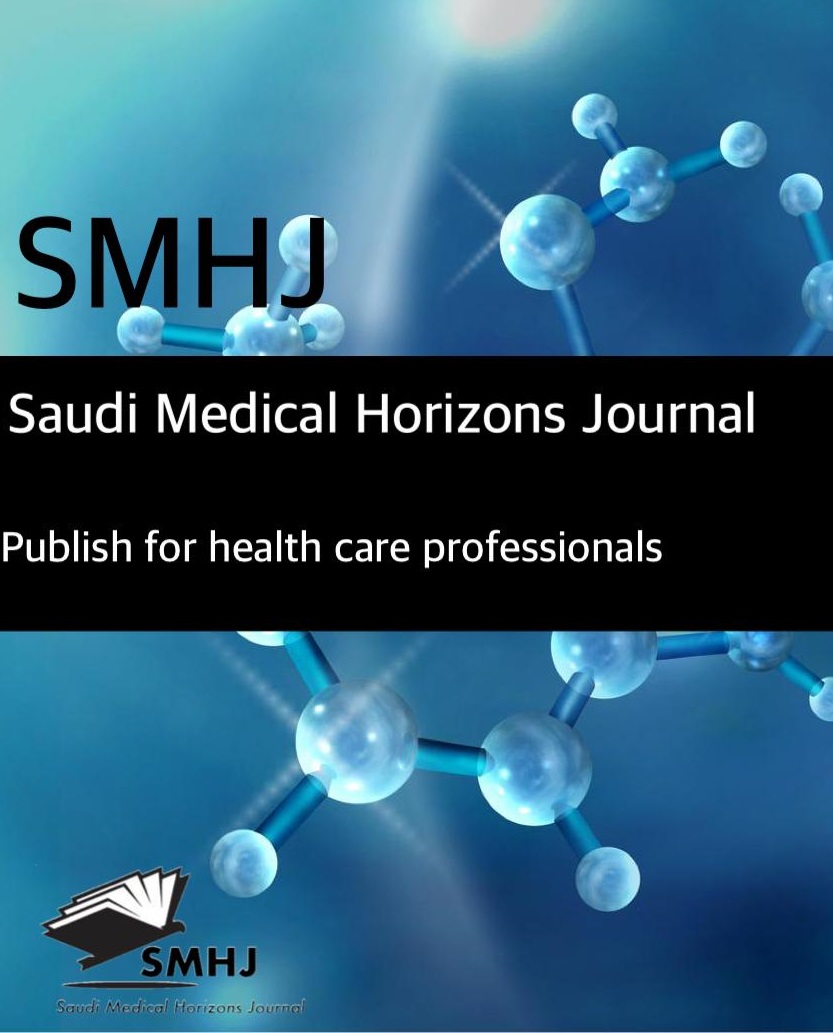The Overview on Congestive Heart Failure Imaging
DOI:
https://doi.org/10.54293/smhj.v3i1.60Keywords:
heart, ischemia, CHF, imagining, MRI, COVID-19 infectionAbstract
Background: Heart failure is a complex clinical syndrome that results from a functional or structural heart disorder. Acute heart failure is one of the main diagnostic and therapeutic challenges in clinical practice due to a non-specific clinical manifestation and the urgent need for timely and tailored management at the same time. During the first hours of admission the point-of-care focused on cardiac and lung ultrasound examination that are invaluable tool for rapid differential diagnosis of acute dyspnoea, which are highly feasible and relatively easy to learn.
Objective: The study aimed to investigate the role of several portable and stationary imaging modalities, which are being increasingly used for the evaluation of cardiac structure and function, haemodynamic and volume status, precipitating myocardial ischaemia or valvular abnormalities, and systemic and pulmonary congestion.
Methods: For article selection, the PubMed database and EBSCO Information Services were used. All articles relevant with our topic and other articles were used in our review. Other articles that were not related to this field were excluded. The data was extracted in a specific format that was reviewed by the group members.
Conclusion: Heart failure is a main cause of mortality and morbidity worldwide. Assessment of the case is essential to determine the etiology and the best treatment strategy. For the assessment of HF patients, a variety of imaging techniques are used, each with advantages and disadvantages. For its accessibility, affordability, and utility, echocardiography remains the preferred method. It offers the majority of the data necessary it has been improved with the addition of 3DE and strain for the management and follow-up of patients with HF. In particular cases like ischemic heart disease, other methods may be helpful. It should be noted that the right imaging choice can assist in the management of the patient with HF.
Downloads
Published
How to Cite
Issue
Section
License
Copyright (c) 2022 Saudi Medical Horizons Journal

This work is licensed under a Creative Commons Attribution 4.0 International License.



